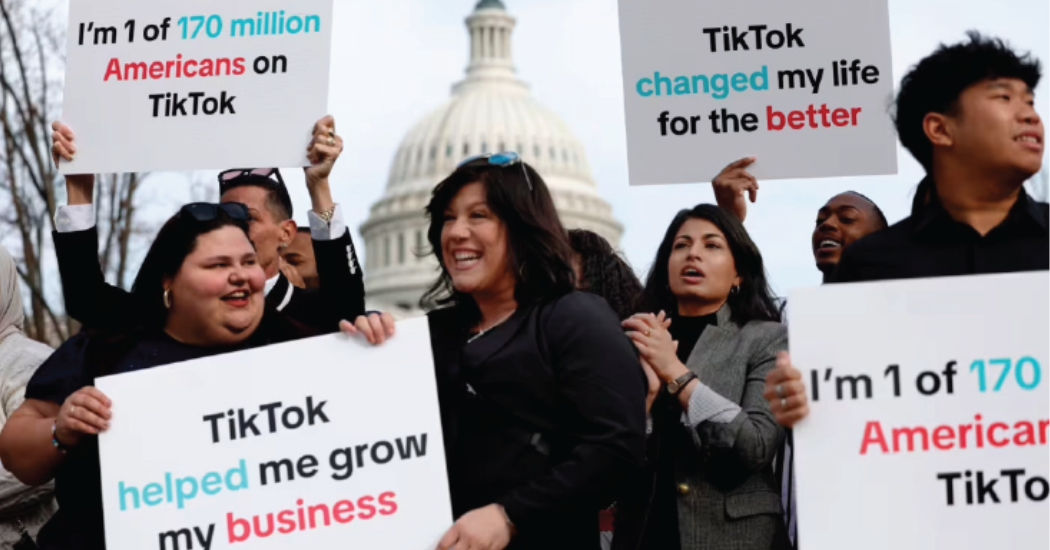Our Cookieless Future: Navigating the Transition and Preparing for New Challenges

The digital advertising landscape is on the cusp of a major transformation as third-party cookies are phased out. This shift, fueled by growing privacy concerns and new regulations, presents both significant challenges and exciting opportunities for businesses. To successfully navigate this transition, it’s important to understand the current situation, how different companies are preparing, the hurdles they’re encountering, and the advanced insights helping shape their strategies.
The timeline for phasing out third-party cookies has been pushed to 2025, giving businesses a bit more time to adapt. Despite this extension, the urgency is still there, as both browsers and organizations continue to push for more privacy-focused solutions. Google Chrome, the most popular browser, is leading the way with its Privacy Sandbox initiative, which aims to create privacy-preserving alternatives for tracking and ad targeting. Meanwhile, other browsers like Safari and Firefox have already rolled out strict measures against third-party cookies.
Companies are taking various steps to get ready for this big shift. A lot of them are putting their efforts into collecting and using first-party data, which they gather directly from users through interactions on their websites or apps. This data is valuable for personalized marketing and customer insights. Major players like Amazon and Facebook are beefing up their first-party data systems to keep their edge in advertising. Companies are also investing in new technologies to protect user privacy, like Federated Learning of Cohorts (FLoC). These aim to target ads effectively while keeping users anonymous. For example, Google’s FLoC groups users with similar browsing habits, helping to keep individual data private.
Companies are working hard to ensure users know how their data is used and agree to it. They are improving their systems to follow rules like GDPR and CCPA. This approach not only builds trust with users but also improves the quality of the data they collect. Additionally, businesses are looking into alternative identifiers, like Unified ID 2.0, which use encrypted email addresses to track users across the web while respecting privacy rules. These solutions are considered viable replacements for third-party cookies, striking a balance between protecting user privacy and enabling effective ad targeting.
Despite their preparations, companies still face several challenges in this transition. Data silos and integration issues are major hurdles. Combining data from various sources into a unified strategy requires strong data management. Measuring marketing efforts without third-party cookies is also tough. Companies are trying out new models to see what works. Balancing personalized ads with a good user experience is tricky too. Too much data collection can be intrusive, while too little can make ads irrelevant. Plus, keeping up with changing privacy laws adds more complexity, requiring ongoing investments in legal and compliance efforts.
Based on advanced insights and industry practices, businesses can take a few strategic steps. Teaming up in industry partnerships to share data can help break down data silos and improve insights. Using AI and machine learning for predictive analytics can make better use of first-party data by spotting patterns and trends that aren’t obvious, leading to more effective marketing. Focusing on contextual advertising, which targets users based on the content they’re currently viewing rather than their past behavior, can be a powerful alternative. This method aligns well with privacy norms and can lead to more relevant ads.
The transition to a cookieless future is both a challenge and an opportunity for businesses. By staying informed about the latest developments, adopting innovative strategies, and focusing on user privacy and data quality, companies can not only navigate this transition smoothly but also gain a competitive edge. As the industry continues to experiment and adapt, staying agile and proactive will be key to thriving in the cookieless era.
This article is featured in Media Impact Report No. 55. View the full report here.
